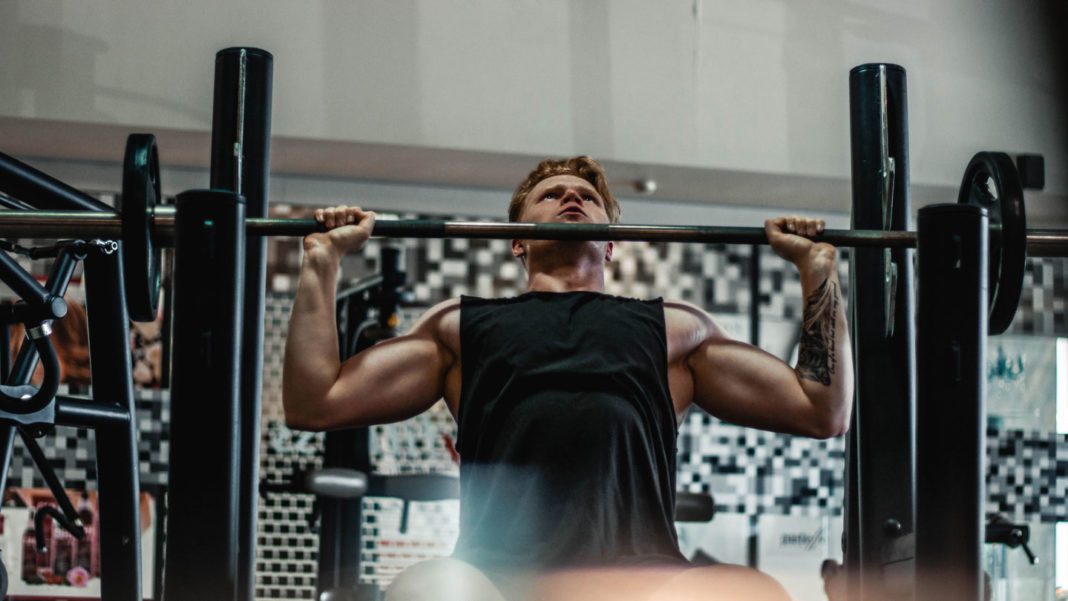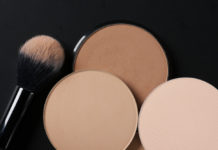Push and pull are two activities we engage in with our bodies daily. Consider opening and shutting a door. Moving a supermarket cart and drawing a curtain open or closed. They are to mention a few commonplace examples. All of these activities need pushing or pulling actions.
Furthermore, the muscles engaged in pushing and pulling movements are essential for our general posture and flexibility. It’s normal to have more pushing muscles than pulling muscles. We’re almost twice as powerful for driving actions as we are for pulling ones.
Because of this imbalance, we must ensure that our exercises have balanced. And they incorporate both pushing and pulling activities. Therefore, before you look for digital jump ropes, let’s know more about these exercises.
Safety & Precautions
Since we push and frequently pull in our daily lives, there is still a risk of injury when conducting pushing and pulling activities. Stillwaggon warns that “it’s the pulling movements that cause the most opportunity for injury” in real life. “
That is why finding workouts that promote pulling actions can result in a lower risk of injury and a higher chance of strength.”
Push-Ups
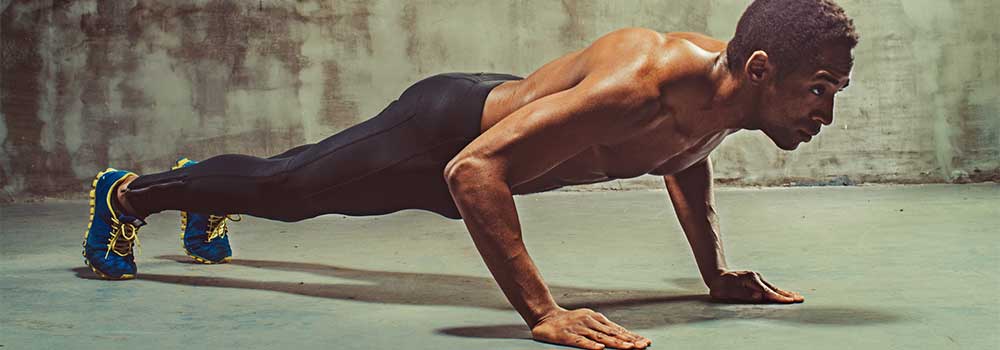
Begin on the floor, face down, your legs behind you. Your arms should place behind your shoulders, palms flat on the floor. According to Stonehouse, “be sure your arms are at the same level as your chest, bent at a 45-degree angle.” Lift your body with your hands till your arms have lightly straightened.
Stonehouse recommends keeping your feet steady and squeezing your quadriceps, glutes, and core as you progress up. As you rise, exhale. Pause at the top, if possible for you, in the plank position for a moment or two. Return to your starting posture slowly, breathing as you do so, and repeat.
Skull Crushers
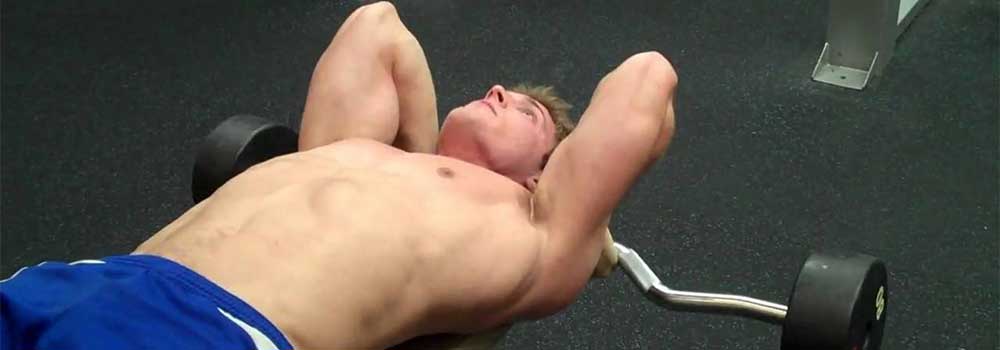
Get down on your back, knees bent, and feet under your hips. Put one dumbbell in each of your hands. “Hold your arms over your chest with dumbbell, elbow, and shoulder stacked over each other,” advises Stillwaggon. Bend at the elbows so that the weights have lowered to either side of your head without changing the position of your elbows.
This is where the name comes from. It may appear that you are crushing your skull with weights as you lower them from the side. Raise the importance back up, using your triceps to help you. According to Stillwaggon, you should “maintain your core firm and your lower back pressed against the floor.”
Overhead Shoulder Press
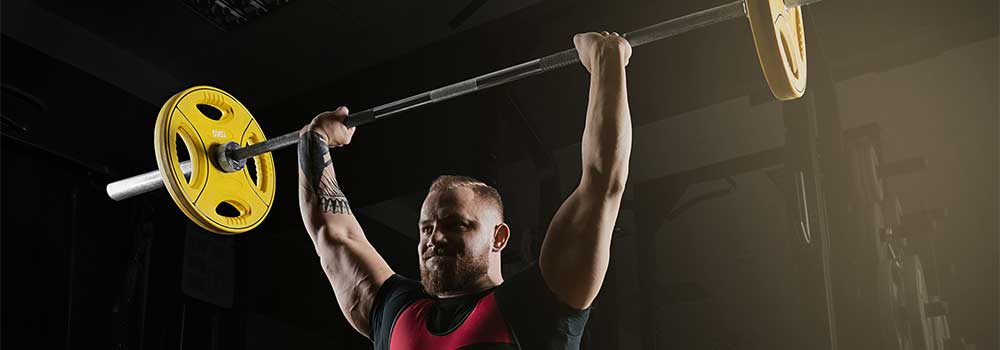
Begin by standing tall with your hips squared. Dumbbells or a barbell should place in front of your chest. Stonehouse cautions us to “make sure the bar is not right beneath your chin,” since this might result in you smashing your chin in the following section.
He also recommends “ensuring that your wrists are in a comfortable position and that your hands are at shoulder-length grips.” Raise your arms as high as you can without moving your core, hips, or back. They should remain in place. Return to your starting position once your arms are fully bent and repeat. Throughout the action, keep your chest high. One more thing I would lie to add that, you should try using the digital jump rope with counter besides handy push/pull. It will be beneficial for you and your health.

